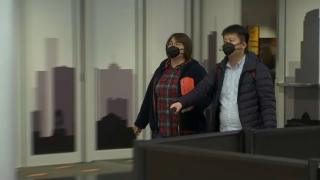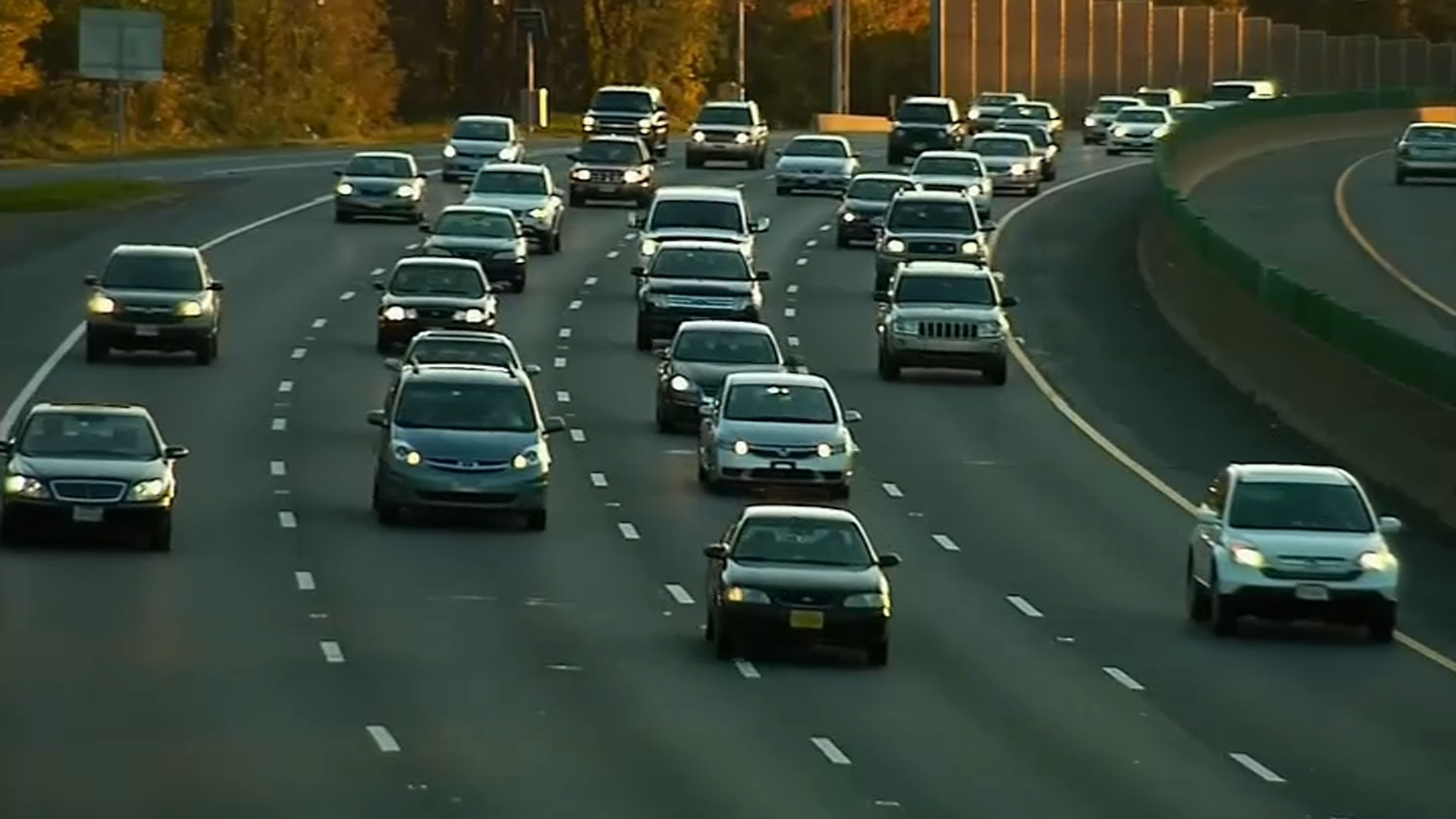
At least five United States airports, including Chicago's O'Hare International Airport, have started screening travelers from parts of China following an outbreak of a deadly coronavirus that has spread to several countries.
Illinois health officials said Friday a Chicago woman who traveled through O'Hare was diagnosed with the virus, adding there was "no immediate risk to the general public."
As a result of the respiratory virus, more than 900 people have been sickened and 26 have died since the start of January, according to NBC News analysts. While all of the deaths and the majority of the illnesses occurred in China, officials feared that the busy travel season in advance of Saturday’s Lunar New Year would accelerate the virus’ spread.
Symptoms to watch for include fever, cough, shortness of breath, trouble breathing, body aches, sore throat or vomiting and diarrhea.
Public health officials have started screening passengers who come from the city of Wuhan, China - the center of the outbreak - at O'Hare, San Francisco International, Los Angeles International, New York City's John F. Kennedy International and the Hartsfield-Jackson Atlanta International airports.
According to the Centers for Disease Control, health professionals will conduct "symptom-based screening" and perform necessary steps including taking a patient's temperature and prioritizing patients of concern.
Local
People who aren't feverish, but could potentially be in the 14-day incubation period, will be given a card that shows what symptoms to be alert for in the coming days and how to safely contact health providers.
Patients who show symptoms of the virus will undergo a "tertiary screening" by quarantine medical officers. The individual in question will safely be transported to designated facilities without infecting others, the CDC insists. A regular diagnostic test will then be performed and the specimens will be sent to the CDC to determine if the person has the virus.
The CDC hasn't publicly identified the facilities that have been equipped to handle patients with the disease.
"Needless to say, there’s extensive preparedness network that has gone on for a very long time to identify the facilities that have the appropriate precautions and capability to deal with patients like this," Dr. Martin Cetron, director of the CDC's Division of Global Migration and Quarantine, said in a conference call.



